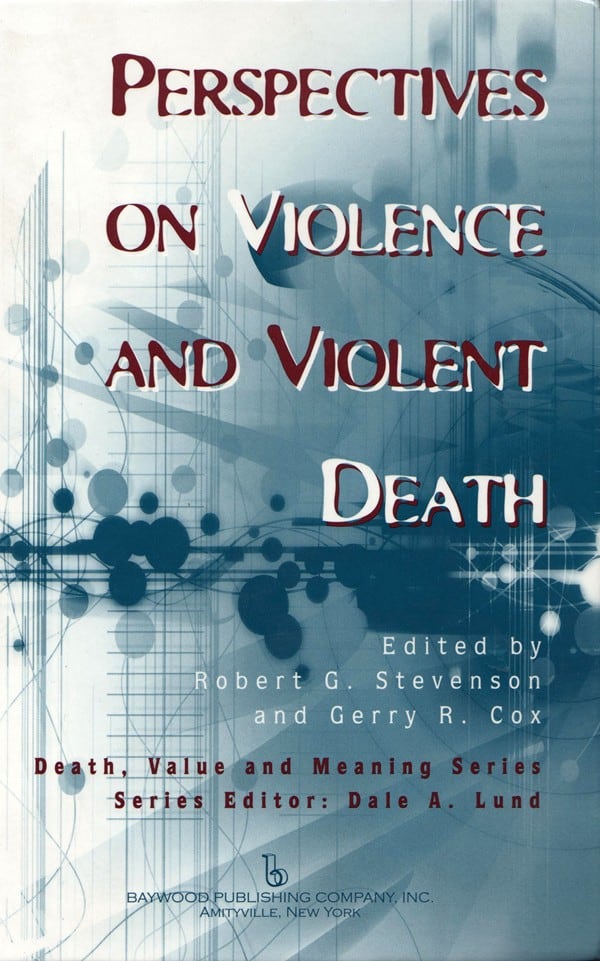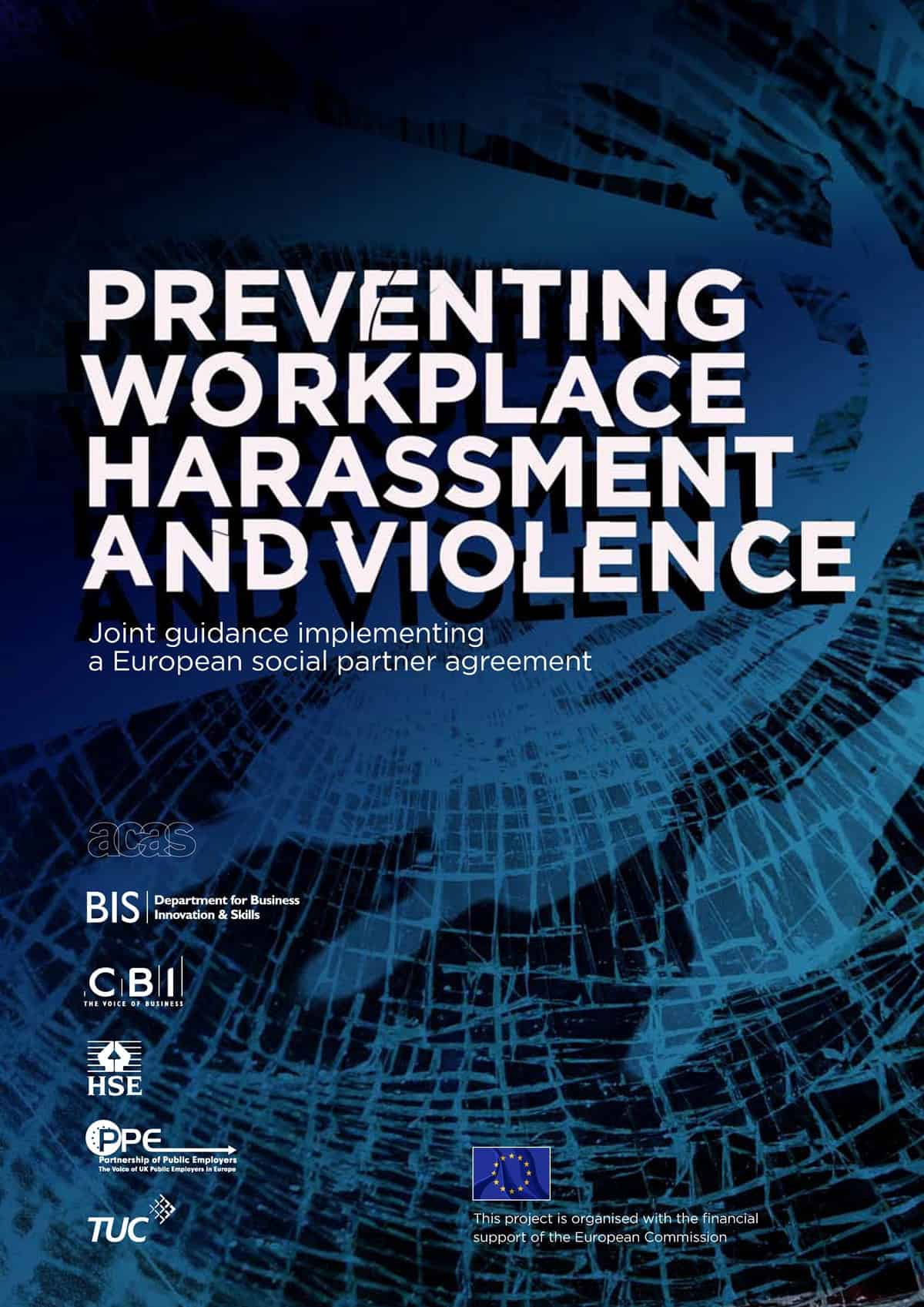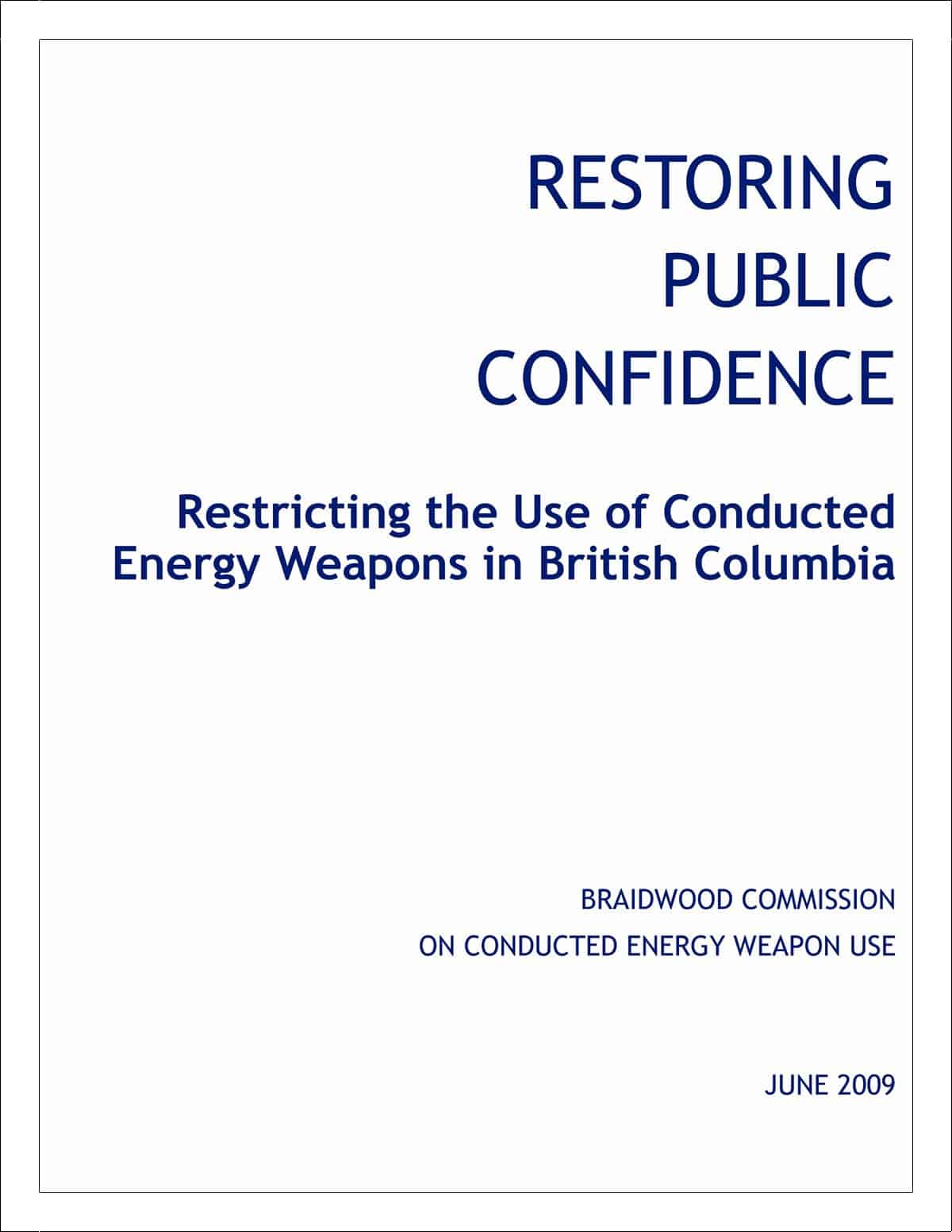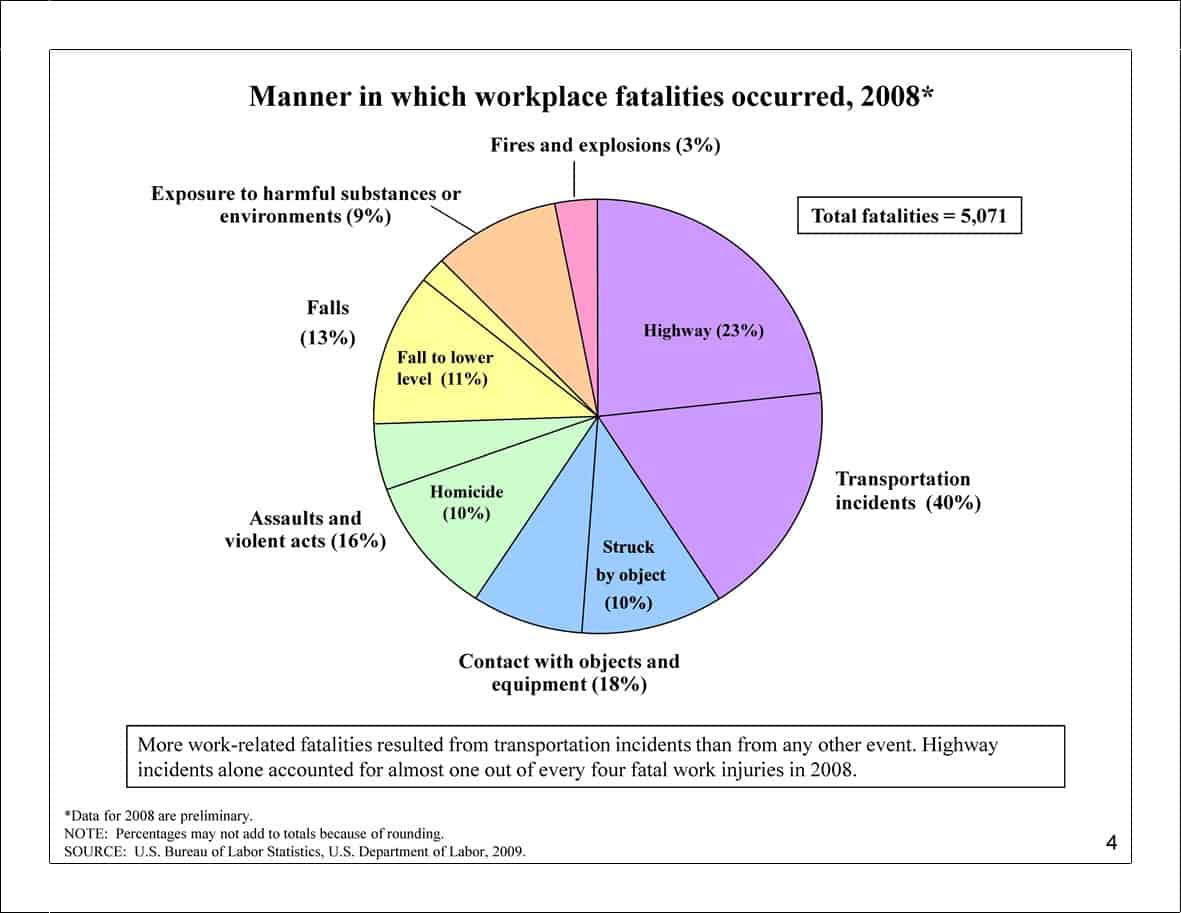Jeff Sparrow recently gained considerable media attention with his book that reflected on violence in society. Yossi Berger once described occupational health and safety as a “kind of violence” in his book of that title. There is a lot of research into occupational violence, much of it from the United States which, to some extent, has an unrepresentative view of this hazard.
 An interesting, and brief, discussion on the matter is a chapter in the book “Perspectives on Violent and Violent Death” published by Baywood Publishing. The existential perspective of one particular chapter may make it impractical for safety management purposes but as a background article for provoking thought, it is very good.
An interesting, and brief, discussion on the matter is a chapter in the book “Perspectives on Violent and Violent Death” published by Baywood Publishing. The existential perspective of one particular chapter may make it impractical for safety management purposes but as a background article for provoking thought, it is very good.
Without this chapter I would not have found the work of C E Newhill* into client violence in social work or that of C L Charles. Charles identified some factors that have contributed to the “anger epidemic” which may provide some clues on understanding occupational violence. These are listed below:
- Compressed time
- Communication overload
- Disconnectedness Continue reading “Dipping into workplace violence”







